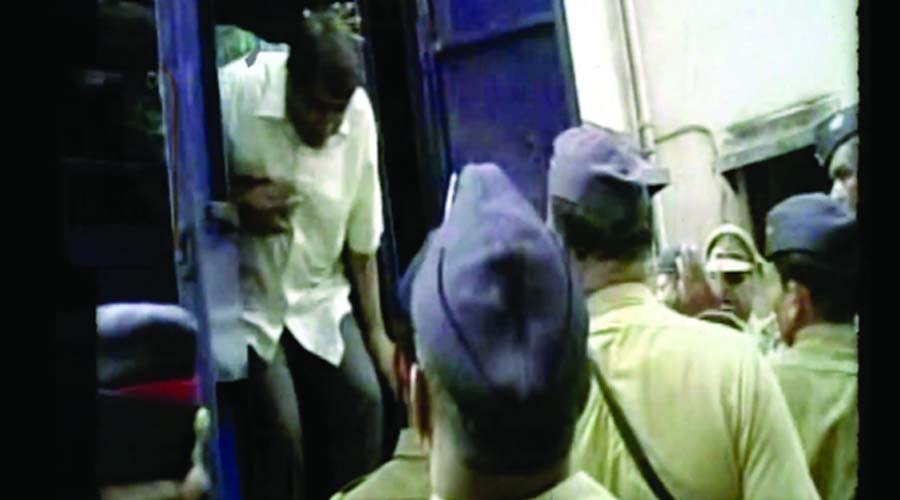London Upsets Over Colossal Underground Crossrail Project
- 14-Oct-2019
- 0 Comments





London: It's Europe's biggest infrastructure project, over 130 million working hours spent on it so far. As an engineering feat, it rivals the Channel Tunnel, which connects the UK to France. It has the power to transform travel across one of Europe's busiest and most crowded cities.
Crossrail -- or the Elizabeth Line, to give it its official name -- promises to transform London with 100 kilometers of underground railway track cutting across the UK capital from west to east.
Walk through Central London, and evidence of Crossrail is everywhere: from the new station at Farringdon and the vast building sites at Tottenham Court Road and Bond Street, to the revamped Paddington Station.
London's first new underground line since 1999 (when the Jubilee Line was extended) comes with huge promise -- though the chronic delays to the project have caused political uproar. It is due to open at some point between October 2020 and March 2021 -- two years late.
When it finally does open, the Elizabeth Line will carry over 200 million passengers a year. Trains will pass through 42 kilometers of new tunnels stretching from Reading in the west to Abbey Wood and Shenfield in the east. In all, 41 stations will be served, 10 of which will be completely new.






A Long Time In Making
The idea of a single line crossing London dates back to the 19th century. Post-war planning reports suggested such a line should be created, but it wasn't until 2004 that everything was put in place by government.
Work began in 2009, boring new tunnels through tight gaps between existing Tube lines and knocking down blocks in the city center to create new stations.
The Elizabeth Line on its own adds about 10% to London's rail capacity, says Howard Smith, director of operations at Transport for London (TfL). ‘These are big trains, about 50% longer than any other Underground train. Twenty four trains an hour will run in each direction.’
The Elizabeth Line will change the way London travels, Smith adds. Currently, London's main railway stations are on the edges of the city center. From there, passengers must decamp to buses or the London Underground.
Once every section is open, visitors will be able to get an Elizabeth Line train from Heathrow Terminals 2/3 to Tottenham Court Road, in the heart of London, in just 28 minutes. Currently, it takes 38 minutes, using the costly Heathrow Express service, long billed as Britain's most expensive rail link.
The Elizabeth Line will also work with London's contactless Oyster Card system, as well as contactless payment cards and smartphones, meaning it will be cheaper and easier to get to London's hub airport than ever before.




































































































































































































